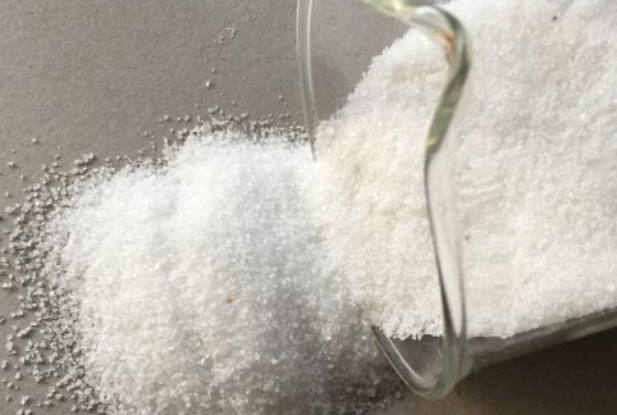According to their ionic properties, PAM can be classified into four groups, namely nonionic, anionic, cationic and amphoteric polyacrylamide. There are several versions derived from various molecular weight and ionic degree parameters, based on molecular weight. Different drainage systems prefer various models of polyacrylamide, so that it can have the best effect. To address the issue of polyacryl selection in sewage or sludge, 4 approaches are used.
The sludge source
In sewage treatment, sludge is an unavoidable result. First, the source, existence, structure and solid quality of sludge should be known to us. Sludge can be broken into organic sludge and inorganic sludge according to the key sludge components.
Generally speaking, for the preparation of organic sludge, cationic polyacrylamide is used and for inorganic sludge, anionic polyacrylamide is used. It is not easy to use cationic polyacrylamide when the alkalinity is high, while it is not acceptable to use anionic polyacrylamide when the acid is strong. The quantity of polyacrylamide is greater where the solid content of the sludge is high.
Selecting forms of polyacrylamide
Different flocculants with different ionic degrees can be chosen by small tests for the sludge to be dehydrated, and the most fitting polyacrylamide can be selected, which can produce the best flocculant effect and minimize the dose and save costs. The secret to choosing ions is as follows:
1. Floc size: too little floc will affect the speed of drainage, too much floc will bind more water and decrease the size of the biscuit. Through choosing the molecular weight of polyacrylamide, the size of flocks can be changed.
2. Strength of floc: floc under shear action should be secure and not broken. The stability of the floc can be increased by raising the molecular weight of the polyacrylamide or by selecting the right molecular structure.
3. Polyacrylamide and sludge mixing: polyacrylamide must react adequately with sludge at a certain dehydration system location and flocculation will occur. The viscosity of the polyacrylamide solution must thus, be sufficient. It is the key factor in the current equipment conditions to be effective in combining the two with sludge. The polyacrylamide solution’s viscosity is attributed to its molecular weight and concentration.
4. The polyacrylamide dissolution: it can only provide maximum play to flocculation when it is well dissolved. The ripening method of polyacrylamide is actually the previous debate on the dissolution process of polyacrylamide. The level of dissolution has to be increased often. The polyacrylamide solution concentration can be improved at this time.
The laboratory beaker experiment should then determine the best choice of product.
Media Contact
Company Name: QINGDAO OUBO CHEMICAL CO,. LTD.
Contact Person: Media Relations
Email:Send Email
Phone: 0532-86135522
Address:805 Room, No.13, B Zone, Wanda Mansion
City: Qingdao
State: Shandong
Country: China
Website: https://www.oubochem.com/

